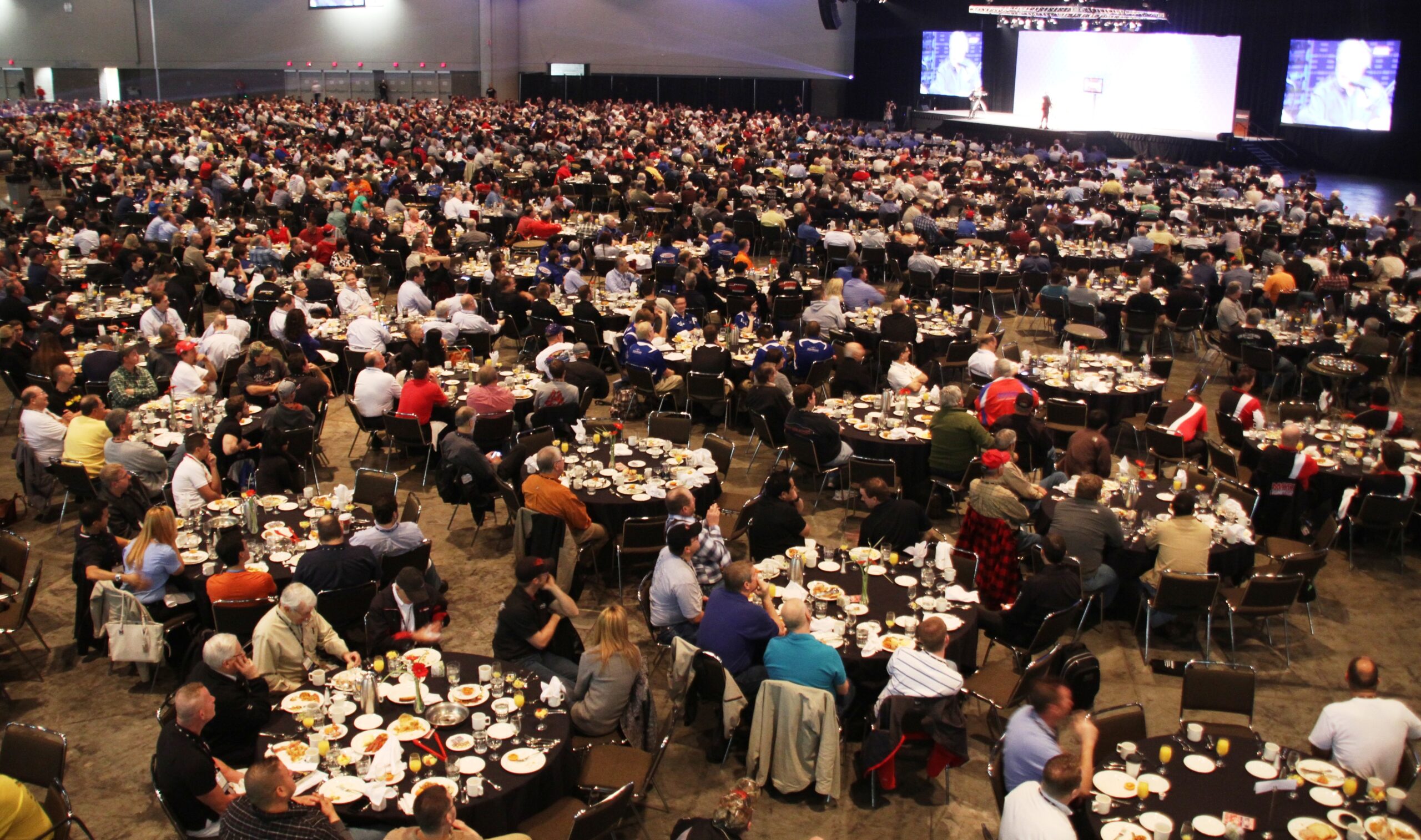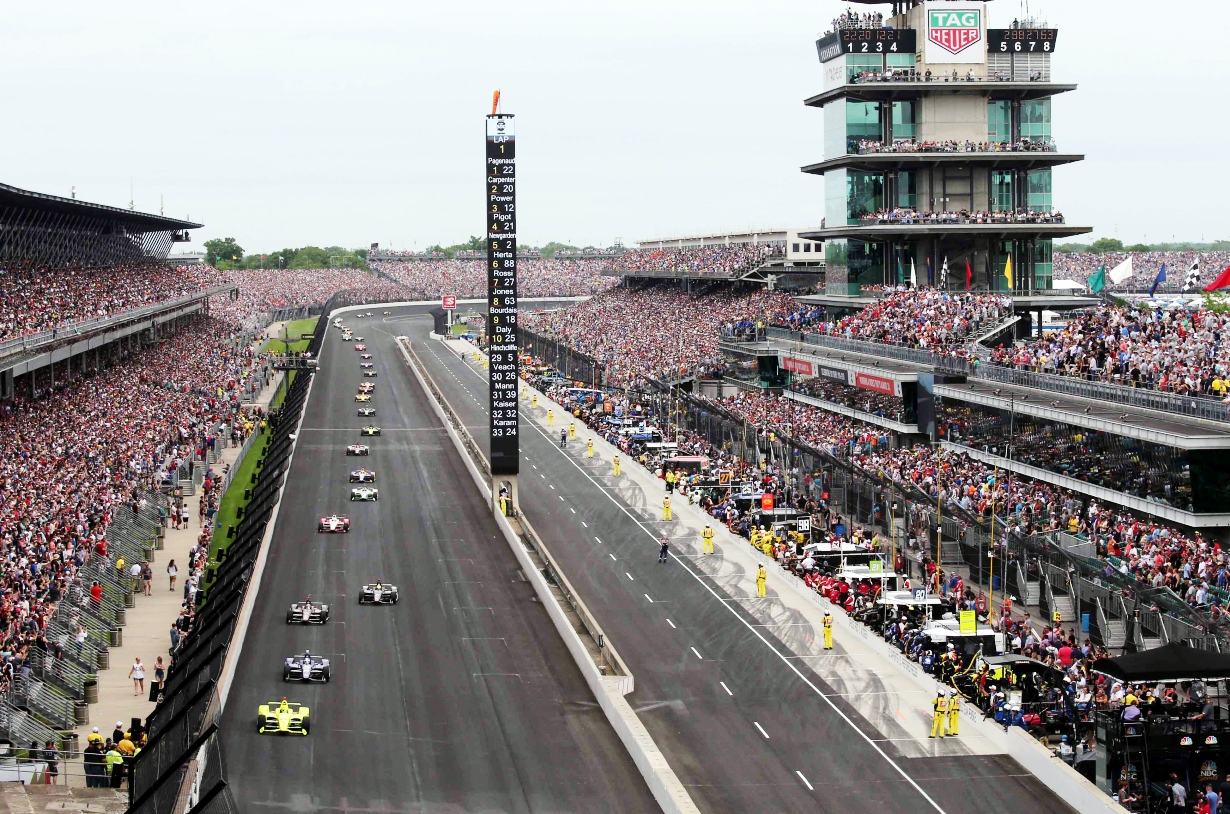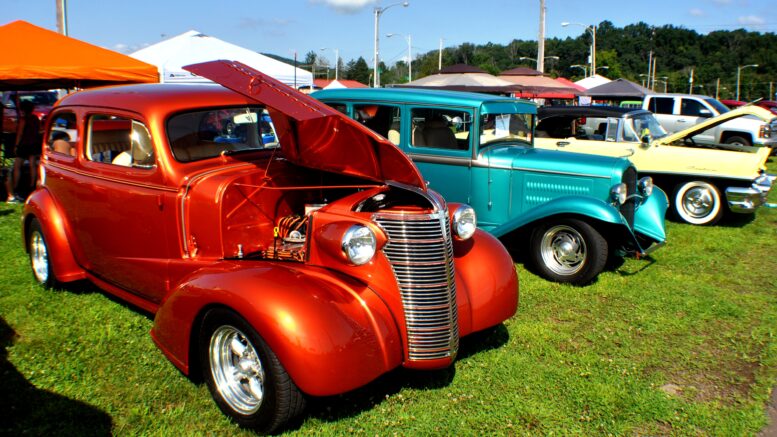Many of the reader comments and questions I’ve received recently concern the future of our hobby and business we call the collector car hobby. Specifically, will the “green movement” eliminate our enterprise or kill the car endeavors we enjoy the most?
I’ve heard everything from car enthusiasts worried that the government will confiscate our collector cars and crush them to the elimination of auto racing as unnecessary and hurtful to the carbon footprint.
And because this green technology push and clean air mandates (all understandable, mind you) spill over into the collector car and motor sport concerns, I’ll concentrate on the Specialty Equipment Market Association (SEMA) influence, as it is one of the most powerful lobby groups in Washington that continually fights for our rights with politicians and powerful organizations.
In conjunction with Performance Racing Industry (PRI) that SEMA now owns (and where I was Senior Editor and spent 34 years with the company), I can assure everyone we are in good hands on the collector car, hot rod, race car, kit car and muscle car business. Our SEMA and PRI trade shows in Las Vegas and Indianapolis, respectively, are yearly attractions for show goers from around the world. Further, PRI and SEMA are trade-only events and not open to the public, yet still attracts 150,000 combined attendees every year in an over 1-million square foot displays at Lucas Oil Stadium and the Indy Convention Center (PRI) and at the Las Vegas Convention Center (SEMA).
To think some politicians would sponsor a bill to pull-the-plug on a multi-billion dollar business and sporting enterprise is not only ignorant, it would nearly be an impossible political-inspired attempt. There are clearly too many millions of employees out there that would be in the unemployment line due to lawmakers that don’t understand our huge business.
I agree there are some ill-informed politicians out there, but I put my faith in our SEMA and PRI reps in Washington to make sure they understand the importance of looking at our collector cars, for instance, for the works of art they are, regardless of powertrain. Further, there are now numerous forms of racing utilizing hybrid electric technology in its racecars, and more sanctioning bodies will join the hybrid assist power ranks in the coming years.
Thanks to my involvement with PRI, I’m fortunate to have had many discussions with the real movers and doers of motor sports, and recall what one prominent individual told me at a recent PRI Show, namely Paul “Scooter” Brothers, then of SEMA and co-founder of Competition Cams back in the 1970s.
Brothers told me that SEMA and PRI had strong representation in Washington, and that all the money generated to assist in endeavors are well spent for the benefit of our hobby, industry and motor racing sporting aspects. SEMA explains that it “keeps close tabs on legislators in Washington, D.C., and also in each state within the United States, so SEMA members and anyone who loves cars and trucks can protest pending legislation that might harm our hobby/business, as well as endorse legislation that’s good for car lovers and motor sports events.”

The Performance Racing Industry trade show in Indianapolis attracts 70,000 trade-only attendees every year from around the world. It is the biggest trade show and in conjunction with the SEMA Show in Las Vegas, together attracts a total of near 150,000 business people. This photo is from a recent PRI Grand Opening Breakfast taken at 7 a.m. in the morning. (Compliments PRI)
SEMA has a proven legislative and regulatory program led by a professional staff based in Washington, D.C. that continually monitors and shapes legislation and regulations to benefit SEMA members, the specialty-equipment industry, and auto enthusiasts. Get involved and stay up-to-date on important bills in Congress and your state legislature by going to sema.org and signing up – it’s totally free, and you’ll be a member of the SEMA Action Network (SAN).
In summary, the weekly Roman Chariot races more than 2,000 years ago attracted tens of thousands to the coliseums, so I would think our motor sport history and evolution is secure. And, regardless of the political powers that think we’ll be able to run our electric stoves, toasters, microwaves, refrigerators, and washers and dryers on windmills and solar panels, they will all undergo a shocking reality when they plug into a 120 or 240 outlet at home and try to run off a windmill / solar electric grid.
I personally feel our electric delivery will be a combination of fossil, windmills, water dams, nuclear, coal and solar for several more years to come, and one day, hopefully, run strictly on solar and new technologies alone. Yes, I’m all for a non-fossil fuel future of electric power, but I’m also facing reality. I’ve touched a bit on this subject over the years, and feel the industry is pretty safe when it comes to the future, especially considering the push for all-electric cars by 2030 to 2035. With this in mind, and the fact that the infrastructure needed to handle all electric car charging is on an almost impossible timeframe, I’m feeling it’s going to take a few more years to accomplish.

From a sporting angle, the motor sports business includes local sportsman racers to the top level pro divisions where Fortune 500 companies pay big money for sponsorships. Pictured is the Indy 500, the biggest and most important race in the world. (Compliments NTT IndyCar)
Further, consider the fact that the time it takes to charge all-electric vehicles away from home isn’t like filling a gas tank in a few minutes. If it takes 20- to 30-minutes at an electric charge station for a partial charge to get you the 50-miles needed to get home, and there’s three cars in front of you, this all-electric re-charging gets more tedious considering the American public is usually an impatient creature more so than not.
Apartments and townhouses? These landlords will also have to step-up to the infrastructure plate to allow charging for those that don’t have plug-in garage access.
That’s why I’m still a hybrid fan, where a small 3- or 4-cylinder engine that mates with electric technology insures you can drive your hybrid car home regardless of battery capability, and then plug in at home.
Rest easy car collector owners and motor sports fans, and leave it to SEMA, PRI and our motoring media to play important roles in preserving our love of the automobile, be it sport, hobby or business endeavor.
(Greg Zyla is a syndicated auto columnist. He welcomes reader input on collector cars, auto nostalgia and motorsports at greg@gregzyla.com.)



Be the first to comment on "Cars We Remember – Will the ‘green movement’ exterminate collector cars and racing"